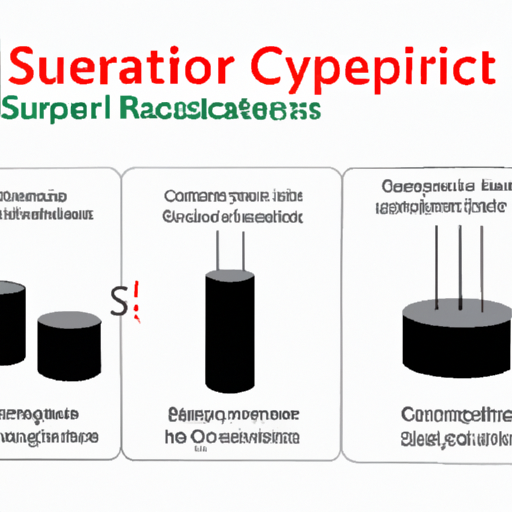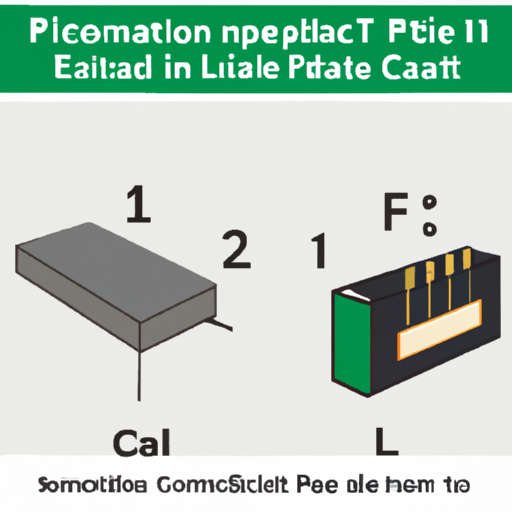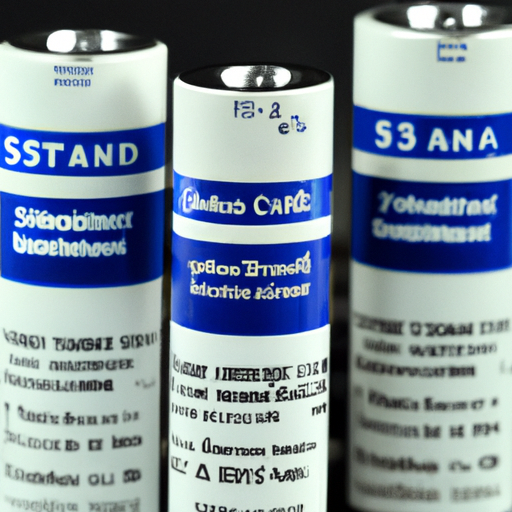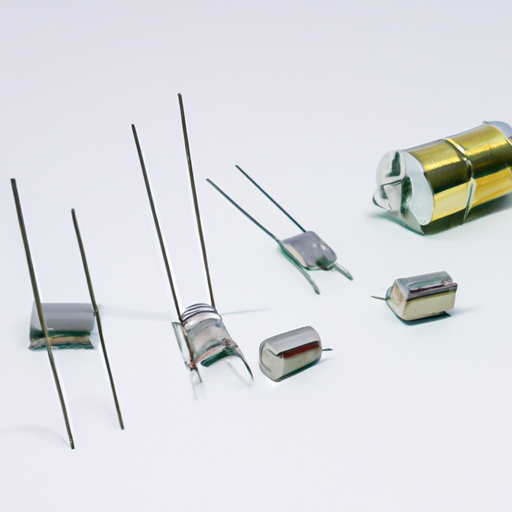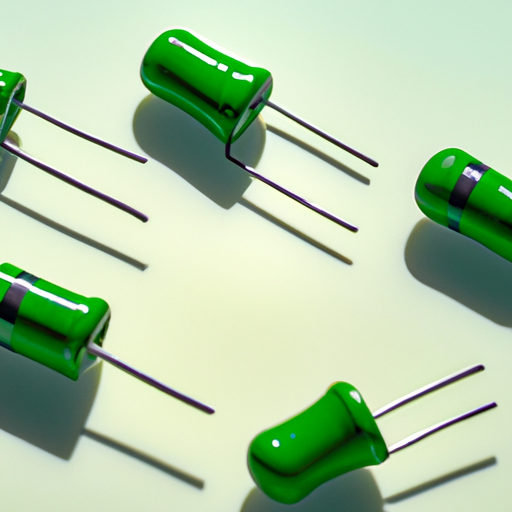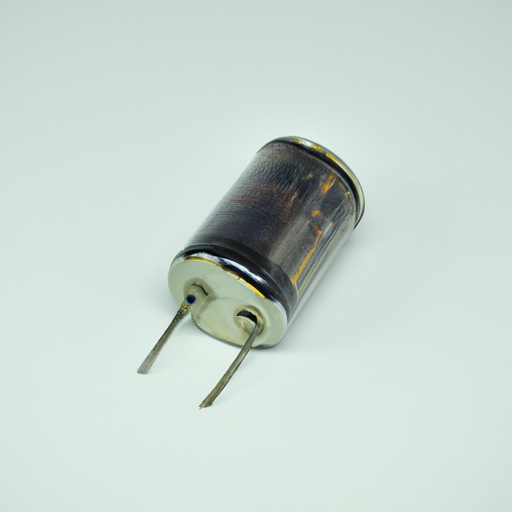Important Product Categories for Supercapacitor Structures
I. Introduction
In the realm of energy storage technologies, supercapacitors have emerged as a pivotal player, bridging the gap between traditional capacitors and batteries. Defined as electrochemical devices that store energy through the electrostatic separation of charges, supercapacitors offer unique advantages such as rapid charge and discharge capabilities, high power density, and long cycle life. As the demand for efficient energy storage solutions continues to rise, particularly in applications ranging from electric vehicles to renewable energy systems, understanding the various product categories of supercapacitor structures becomes essential. This article aims to explore the key types of supercapacitors, their operational principles, applications, and the emerging trends shaping their future.
II. Understanding Supercapacitors
A. Basic Principles of Supercapacitor Operation
Supercapacitors operate on two primary energy storage mechanisms: electric double-layer capacitance (EDLC) and pseudocapacitance. In EDLCs, energy is stored through the electrostatic separation of charges at the interface between the electrode and the electrolyte. This mechanism allows for rapid charge and discharge cycles, making EDLCs ideal for applications requiring quick bursts of energy. In contrast, pseudocapacitance involves faradaic reactions, where charge is stored through the electrochemical oxidation and reduction of materials, resulting in higher energy density.
When compared to traditional batteries, supercapacitors excel in power density but typically have lower energy density. This makes them suitable for applications where quick energy delivery is crucial, while batteries are preferred for long-term energy storage.
B. Key Components of Supercapacitor Structures
The fundamental components of supercapacitor structures include:
1. **Electrodes**: Typically made from high-surface-area materials such as activated carbon, graphene, or carbon nanotubes, electrodes play a critical role in determining the performance of supercapacitors.
2. **Electrolytes**: The choice of electrolyte—whether aqueous or organic—affects the voltage range and overall efficiency of the supercapacitor. Ionic liquids and gel electrolytes are gaining popularity for their stability and performance.
3. **Separators**: These materials prevent short circuits between the electrodes while allowing ionic transport. They are crucial for maintaining the integrity and safety of the supercapacitor.
III. Major Product Categories of Supercapacitor Structures
A. Electric Double-Layer Capacitors (EDLCs)
EDLCs are the most common type of supercapacitor, characterized by their ability to store energy through the electrostatic separation of charges. They are widely used in applications such as regenerative braking systems in electric vehicles, power backup systems, and energy storage for renewable energy sources.
**Advantages**: EDLCs offer high power density, rapid charge/discharge rates, and long cycle life. They are also relatively simple in design and can be manufactured at a lower cost.
**Limitations**: However, EDLCs have lower energy density compared to batteries, which limits their use in applications requiring long-term energy storage.
B. Pseudocapacitors
Pseudocapacitors utilize faradaic processes to store energy, allowing them to achieve higher energy densities than traditional EDLCs. They often employ transition metal oxides or conducting polymers as electrode materials.
**Applications**: Pseudocapacitors are suitable for applications requiring higher energy storage, such as in hybrid electric vehicles and portable electronics.
**Advantages**: They provide a balance between power and energy density, making them versatile for various applications.
**Limitations**: The main drawback is their relatively shorter cycle life compared to EDLCs, primarily due to the degradation of the electrode materials over time.
C. Hybrid Supercapacitors
Hybrid supercapacitors combine the principles of EDLCs and pseudocapacitors, utilizing both electrostatic and electrochemical energy storage mechanisms. This design allows for improved energy density while maintaining high power density.
**Applications**: They are increasingly used in applications such as electric vehicles, where both quick energy delivery and longer-range capabilities are essential.
**Advantages**: Hybrid supercapacitors can achieve a higher energy density than traditional EDLCs while still offering rapid charge/discharge capabilities.
**Limitations**: The complexity of their design can lead to higher manufacturing costs and potential challenges in material compatibility.
D. Supercapacitor Modules and Packs
Supercapacitor modules and packs consist of multiple supercapacitor cells connected in series or parallel to achieve desired voltage and capacitance levels. These configurations are essential for applications requiring significant energy storage.
**Applications**: Commonly used in grid energy storage, electric vehicles, and uninterruptible power supplies (UPS).
**Advantages**: They provide scalability and flexibility in energy storage solutions, allowing for customization based on specific application needs.
**Limitations**: The complexity of managing multiple cells can lead to challenges in balancing and maintaining performance across the module.
E. Supercapacitor Cells
Supercapacitor cells are the basic building blocks of supercapacitor technology. They can be designed in various formats, including cylindrical, prismatic, and pouch cells, each suited for different applications.
**Applications**: Supercapacitor cells are used in consumer electronics, automotive applications, and renewable energy systems.
**Advantages**: They offer versatility in design and can be tailored to fit specific space and performance requirements.
**Limitations**: The performance of individual cells can be affected by factors such as temperature and aging, necessitating careful design and management.
IV. Emerging Trends in Supercapacitor Structures
A. Advances in Materials Science
Recent advancements in materials science have led to the development of nanomaterials that enhance the performance of supercapacitors. Materials such as graphene and carbon nanotubes offer increased surface area and conductivity, resulting in improved energy storage capabilities. Additionally, the exploration of biodegradable and sustainable materials is gaining traction, aligning with global sustainability goals.
B. Integration with Renewable Energy Sources
Supercapacitors are increasingly being integrated into renewable energy systems, playing a crucial role in energy storage and management. Their ability to quickly absorb and release energy makes them ideal for stabilizing fluctuations in solar and wind energy generation, ensuring a reliable power supply.
C. Miniaturization and Flexibility
The trend towards miniaturization and flexibility in electronics has led to the development of flexible supercapacitors. These devices can be integrated into wearable technology, smart textiles, and compact consumer electronics, expanding the potential applications of supercapacitors in everyday life.
V. Market Analysis and Future Outlook
A. Current Market Trends and Growth Projections
The supercapacitor market is experiencing significant growth, driven by the increasing demand for energy storage solutions across various industries. According to market research, the global supercapacitor market is projected to reach several billion dollars by the end of the decade, with a compound annual growth rate (CAGR) of over 20%.
B. Key Players in the Supercapacitor Industry
Several key players dominate the supercapacitor industry, including Maxwell Technologies (now part of Tesla), Panasonic, and Murata Manufacturing. These companies are investing heavily in research and development to enhance supercapacitor performance and expand their applications.
C. Challenges and Opportunities for Innovation
While the supercapacitor market presents numerous opportunities, challenges such as high manufacturing costs, material limitations, and competition from alternative energy storage technologies remain. However, ongoing research and innovation in materials and design are expected to address these challenges, paving the way for the next generation of supercapacitors.
VI. Conclusion
Supercapacitors represent a vital component of modern energy storage solutions, offering unique advantages that cater to a wide range of applications. Understanding the various product categories, from electric double-layer capacitors to hybrid supercapacitors, is essential for leveraging their potential in advancing technology. As the industry continues to evolve, driven by innovations in materials and integration with renewable energy sources, the future of supercapacitors looks promising. Continued research and development will be crucial in unlocking their full potential and addressing the challenges that lie ahead.
VII. References
1. Academic journals and articles on supercapacitor technology.
2. Industry reports and market analyses from reputable sources.
3. Relevant books and publications on energy storage solutions and supercapacitors.
This comprehensive overview of supercapacitor structures highlights their significance in the energy landscape and encourages further exploration and innovation in this dynamic field.

